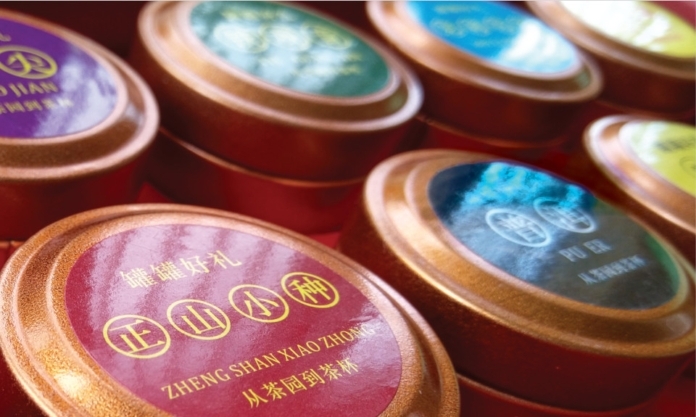Des Esseintes is a man with sick fancies.
He is the dissipated aristocrat at the centre of Joris-Karl Huysmans’ novel, “À Rebours” [Against Nature].
He is the collector of house plants which somehow look fake but aren’t. He owns a tortoise shell encrusted with gem stones. He didn’t want the tortoise to die from contamination. But so be it. Together with figures like Oscar Wilde and Aubrey Beardsley, he represents the Fin-de-Siecle End-of-19th-Century spirit of jaded pleasure seeking.
Something of this appealed to me as a young man confronting a new century of my own. Walking self consciously through the supermarket (remember supermarkets?) I liked to think of myself as one such “aesthete”, buying veal or eel not entirely in spite of the cruelty.
I don’t see things in quite the same terms now. I have a family. Though I still don’t feel an omniscient arbiter hovering over me, morality no longer seems like just an ugly irrelevance. Nonetheless, as someone not even queuing for a ticket to an afterlife, I cling in the primacy of these terrestrial senses of ours. That’s why I write about tea.
Anyway, one of Des Esseinte’s other projects is his organ. He loves the stops on the console of cathedral organs, the grand pipes’ failed mimicry of musical instruments and achievement of something even more evocative.
And Des Esseintes’ organ invention goes further, forming a synaesthetic kinship system between musical sounds and alcoholic experiences. After blowing through a mouth-organ receptacle, emitting a real sound, the user then reverses the pressure, sucking in the liquid-equivalent of “horn”, “flute” or “celestial voice”.
Of course, this contraption cannot be built. Don’t take out a patent for it. Artists the world over have recreated the tortoise thing, but never the organ. Personally, I have doubts about the long-term replayability of the toy. And, after the first note, it’s going to sound very sticky and bubbly. Submarine Homesick Blues.
Huysman’s liqueur organ can exist only as a novelistic conceit. And I can’t reasonably claim that this new tea box gifted to me is any kind of realisation, but I’ll try to anyway.
Lift the cardboard lid and ten different varieties of tea feature in little round tins, sunk into a felt-lined foam insert. There’s an attempt at colour-coding, but it’s hardly synaesthesia. Pulling one tin out inevitably pulls the foam up with it. Unmusical. The lids of each tin are stubbornly stiff for items so leaky of air. 小罐茶 [Xiao Guan Cha] does this so much better, and there are lots of other copycats at price levels in between.
All the usual suspects are here. Green is represented by 碧螺春 [Biluochun], 龙井 [Long Jing], 信阳毛尖 [Mao Jian] and 茉莉花茶 [Jasmine]. There’s 普洱 [Pu Er] and 福鼎白茶 [Fuding White Tea], both packed as bullets in paper. There’s 铁观音 [Tie Guan Yin], of course, and then there are three reds; 大红袍 [Da Hong Pao], 金君眉 [Jin Jun Mei] and 正山小钟 [Zhengshan Souchong]. On paper, that’s a nice selection, representative of current Chinese tastes.
My only objection would be the relatively similar origin of the three Fujian Wuyi Mountain teas; we need to shout from the roof-tops about reds from provinces like Anhui and Yunnan.
I’ve loved the idea of sampler selections since taking Kellogg’s Variety Packs on childhood holidays. The tea in this pack is almost good enough to introduce these varieties to newcomers. And boxes like this one can be great gifts when we start flying regularly again.
As for musical applications, I can imagine our baby using these tins as a kind of impromptu drum kit. She’ll break it all, of course. Sick fancies. Never mind.









